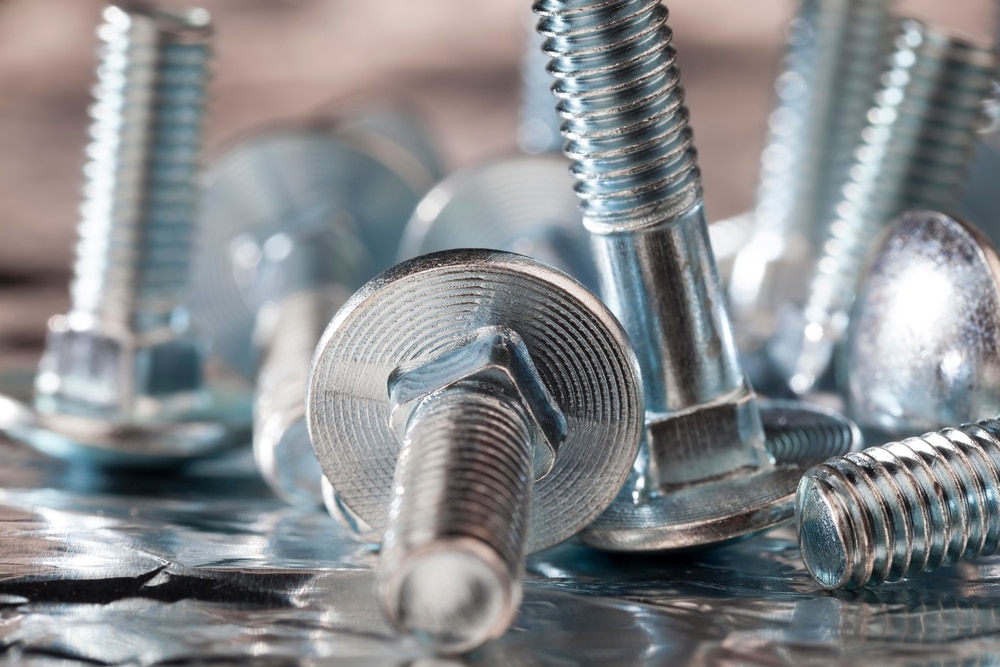SS Fasteners Manufacturers in India
When professionals talk about fasteners, they not only understand the meaning of fasteners, but they also understand the corrosion and environmental conditions that these fasteners will be exposed to.
When fastener engineers talk about 316 stainless steel category fasteners, they know that their corrosion resistance far surpasses other stainless steel fasteners. The real difference when it comes to comparing 304 stainless to 316 stainless steel, is the addition of a small amount of molybdenum.
This small amount of Molybdenum improves the corrosive abilities and pitting to crevice corrosion in seawater or other highly corrosive applications. These fasteners, which include bolts, nuts, washers and screws, provide excellent corrosion resistance, even in the worst conditions and without regular maintenance. With respect to the most extreme conditions, 316 fasteners provide a high degree of corrosion resistance, even under conditions of sustained stress.

What also makes the 316 fasteners an excellent choice, is the extended service life under corrosion resistance, allowing the application for use. Also, this corrosion resistance (with respect to durability) is particularly suitable for applications in food, pharmaceuticals or anywhere that cleanliness, or resistance to cleaning agents are critical.Again, even if these fasteners do tend to be slightly more expensive than 304 fasteners, for example, the service life is very high for fasteners exposed to corrosive conditions. Therefore the added costs of 316 fasteners are typically justified because the service life often exceeds the initial costs, for critical applications where fastener failure is not an option.

